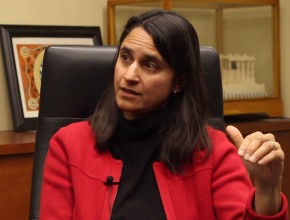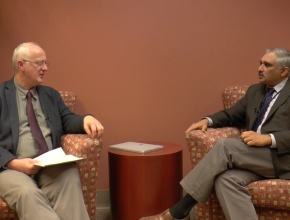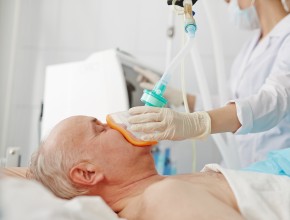Related McMaster Perspective episodes
Chu D, Jaeschke R. IOTA study. Can oxygen harm your patients? Part 1. McMaster Textbook of Internal Medicine. Published December 12, 2018.References
Chu DK, Kim LH, Young PJ, et al. Mortality and morbidity in acutely ill adults treated with liberal versus conservative oxygen therapy (IOTA): a systematic review and meta-analysis. Lancet. 2018 Apr 28;391(10131):1693-1705. doi: 10.1016/S0140-6736(18)30479-3. Epub 2018 Apr 26. Review. PubMed PMID: 29726345.Myles PS, Leslie K, Chan MT, et al; ANZCA Trials Group for the ENIGMA-II investigators. The safety of addition of nitrous oxide to general anaesthesia in at-risk patients having major non-cardiac surgery (ENIGMA-II): a randomised, single-blind trial. Lancet. 2014 Oct 18;384(9952):1446-54. PubMed PMID: 25142708.
Meyhoff CS, Wetterslev J, Jorgensen LN, et al; PROXI Trial Group. Effect of high perioperative oxygen fraction on surgical site infection and pulmonary complications after abdominal surgery: the PROXI randomized clinical trial. JAMA. 2009 Oct 14;302(14):1543-50. doi: 10.1001/jama.2009.1452. PubMed PMID: 19826023.
Greif R, Akça O, Horn EP, Kurz A, Sessler DI; Outcomes Research Group. Supplemental perioperative oxygen to reduce the incidence of surgical-wound infection. N Engl J Med. 2000 Jan 20;342(3):161-7. PubMed PMID: 10639541.
Roman Jaeschke, MD, MSc: Derek, maybe a few more practical messages. Have you looked at all at surgical patients? I seem to remember that application of oxygen in the recovery room seems to be beneficial in terms of at least surgical infections. Have you looked at those?
Derek Chu, MD, PhD: Certainly. We designed our study to capture any acute illness including emergency surgery. In the study that you are referencing, which is approximately from year 2000 from the New England Journal of Medicine, it was suggested that in patients with elective open colorectal surgery there might be a decrease in surgical site infections. However, these data were not borne out by 2 larger trials called PROXI (Supplemental Oxygen and Complications After Abdominal Surgery) and ENIGMA-II (Nitrous Oxide Anaesthesia and Cardiac Morbidity After Major Surgery), and hence there is some controversy as to whether or not oxygen therapy is actually beneficial to decrease surgical site infections.
Roman Jaeschke: In elective surgical patients.
Derek Chu: In elective surgery especially.
But we studied emergency surgery in the IOTA (Improving Oxygen Therapy in Acute Illness) study. And although we found that in the overall analysis there was an increase in mortality without any subgroup differences, for infection specifically there was low-quality evidence suggesting that surgical patients may have a decreased number of infections whereas medical patients would have no difference in infections.
Roman Jaeschke: But both groups will have increased mortality.
Derek Chu: We did not find any subgroup differences suggesting that this may be the case. Importantly, the IOTA study highlights that there might be quite a bit of uncertainty in the balance of benefits and harms of oxygen therapy in emergency surgery especially. Hence, we would need a large randomized trial to address and clarify this issue.
Roman Jaeschke: You mentioned the word iota a few times. What does it stand for?
Derek Chu: Iota means a small amount. The acronym IOTA means improving oxygen therapy in adults with acute illness.
Roman Jaeschke: You mentioned at some stage a relative increase in mortality. Could you translate it into an absolute increase? How many patients are affected by too much oxygen?
Derek Chu: First, I wanted to say that importantly we found a dose response between the change in the saturation of peripheral oxygen (SpO2) from baseline and the increase in the risk of mortality. Secondly, in terms of absolute risks, the risk is between approximately 1% and 1.5% increased in liberal oxygen therapy versus conservative therapy. This translates to a number needed to harm of approximately 70 to 90 patients for one excess death. To put that into context, for example, an average hospital may admit as few as 60 patients per day with acute illness.
Roman Jaeschke: And if your data are correct, at least one of them can be harmed considerably if we use liberal rather than conservative oxygen treatment.
Derek Chu: Precisely.
Roman Jaeschke: Thank you very much. It is an important message.
 English
English
 Español
Español
 українська
українська






